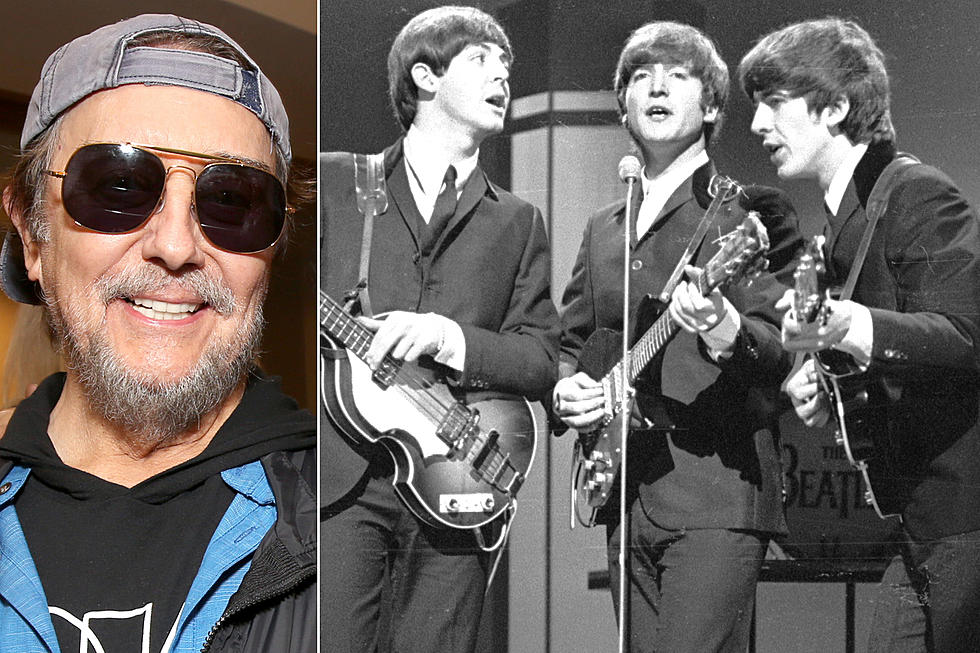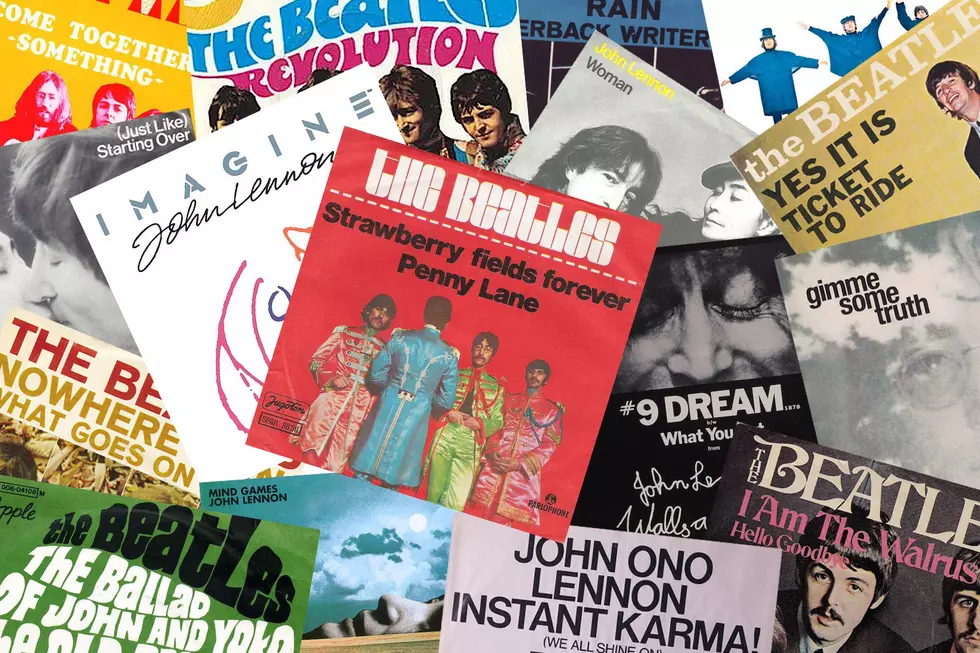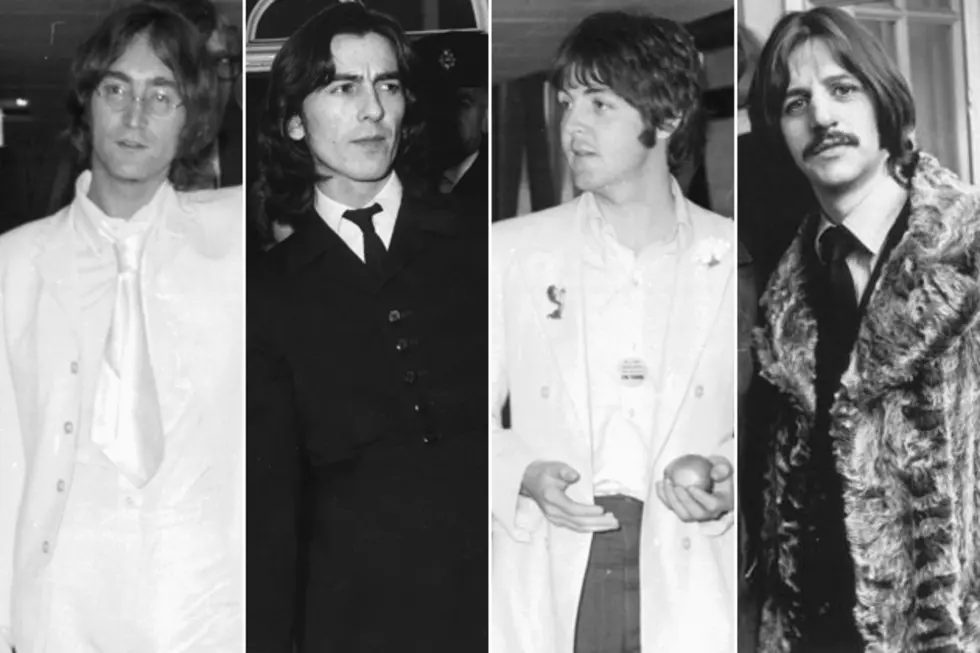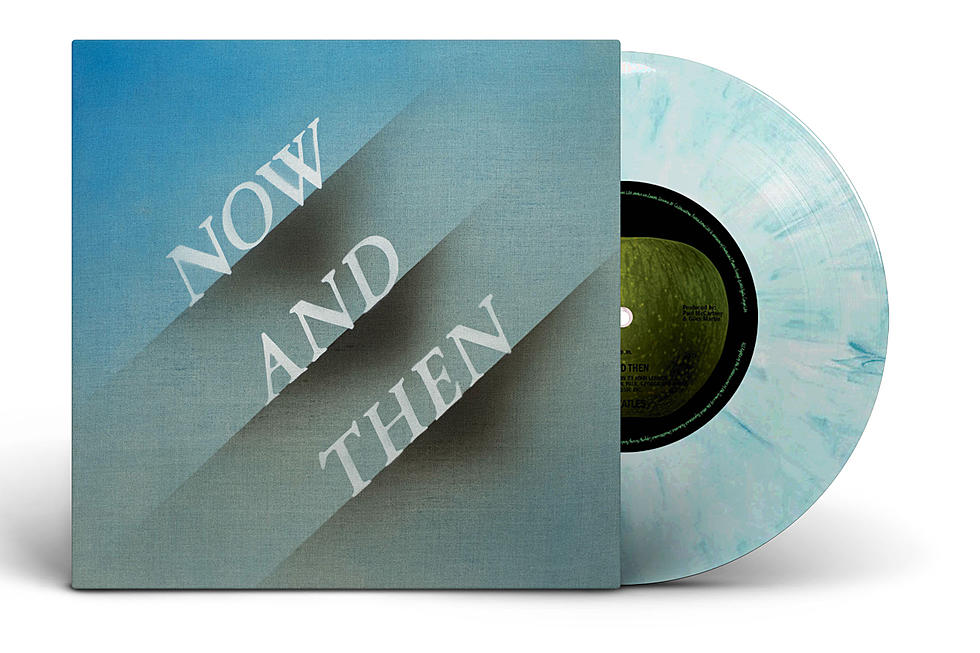
When John Lennon Played His First Solo Concert
There were signs that the Beatles were beginning to think outside the constrictions of a group long before they officially broke up in April 1970. Among the most notable was John Lennon's performance with the Plastic Ono Band (featuring Eric Clapton) on Sept. 13, 1969 at the Toronto Rock and Roll Revival.
Held at Varsity Stadium, the concert bill was a bit of a glorious hodgepodge, with some of rock's founders (including Chuck Berry, Bo Diddley, Little Richard and Jerry Lee Lewis) sharing a stage with some up-and-comers (Alice Cooper, Chicago Transit Authority), and the Doors as the headliners. Part of the intent was to show the continuity in the first 15 years of rock 'n' roll, so Cooper's band backed Gene Vincent, and a Toronto band called Nucleus played behind Berry.
Having Lennon perform was a shock for promoters John Brower and Kenny Walker. Knowing his love of rock's progenitors, they contacted Lennon at the last minute to serve as master of ceremonies. "We got this call on a Friday that there was a rock 'n' roll revival show in Toronto with a 100,000 audience, or whatever it was," Lennon said in Anthology. "They were inviting us as king and queen to preside over it, not play. But I didn't hear that bit. I said, 'Just give me time to get a band together,' and we went the next morning."
His first call was to George Harrison, who declined because he didn't want to play avant-garde music. So he called Clapton, who agreed. The band was rounded out by future Yes drummer Alan White and bassist Klaus Voorman, a friend from the Beatles' Hamburg days who designed the cover for Revolver.
They flew to Canada the next morning – the day of the show – and rehearsed on the plane. With so little time to prepare, they started out with three covers: Carl Perkins' "Blue Suede Shoes," Barrett Strong's "Money (That's What I Want)" and Larry Williams' "Dizzy Miss Lizzy."
Listen to John Lennon Perform 'Money' in Toronto
Next came three Lennon originals: "Yer Blues" – which Clapton had played with Lennon at the Rolling Stones' Rock and Roll Circus a year earlier – "Cold Turkey" and "Give Peace a Chance," for which Lennon improvised lyrics when he couldn't remember the originals.
Then it was Yoko Ono's turn, with "Don't Worry Kyoko (Mummy's Only Looking for Her Hand in the Snow)" and the 12-minute "John John (Let's Hope for Peace)," which consisted of Ono repeatedly screaming over a wall of feedback.
"The buzz was incredible," Lennon said. "I never felt so good in my life. Everybody was with us and leaping up and down doing the peace sign, because they knew most of the numbers anyway, and we did a number called 'Cold Turkey' we'd never done before and they dug it like mad."
Critic Robert Christgau admitted that "John looked nervous – he hadn't made such an appearance in three years – but he was in good voice on a program of old rock 'n' roll songs and originals, closing with 'Give Peace a Chance.' Clapton's guitar, which went almost unnoticed, was also superb. A friendly reporter kept fans off the runway – not that many, really – until the group left Yoko, keening, and her amplifiers, humming, alone together on the stage."
Christgau changed his tune three months later when Live Peace in Toronto, the album comprised of the performance, was released. Giving it a "C" grade, Christgau said "I happened to be there and it wasn't so hot live. It is worse recorded. The anti-Yoko reaction has long since passed beyond boorishness, but that doesn't mean I want to hear her keen for 20 minutes, and the rock side is raw and badly recorded, with Clapton's masterful lead obscured by Lennon's rhythm. Of value primarily as a document."
Beatles Solo Albums Ranked
See John Lennon in Rock’s Craziest Conspiracy Theories
More From Ultimate Classic Rock









